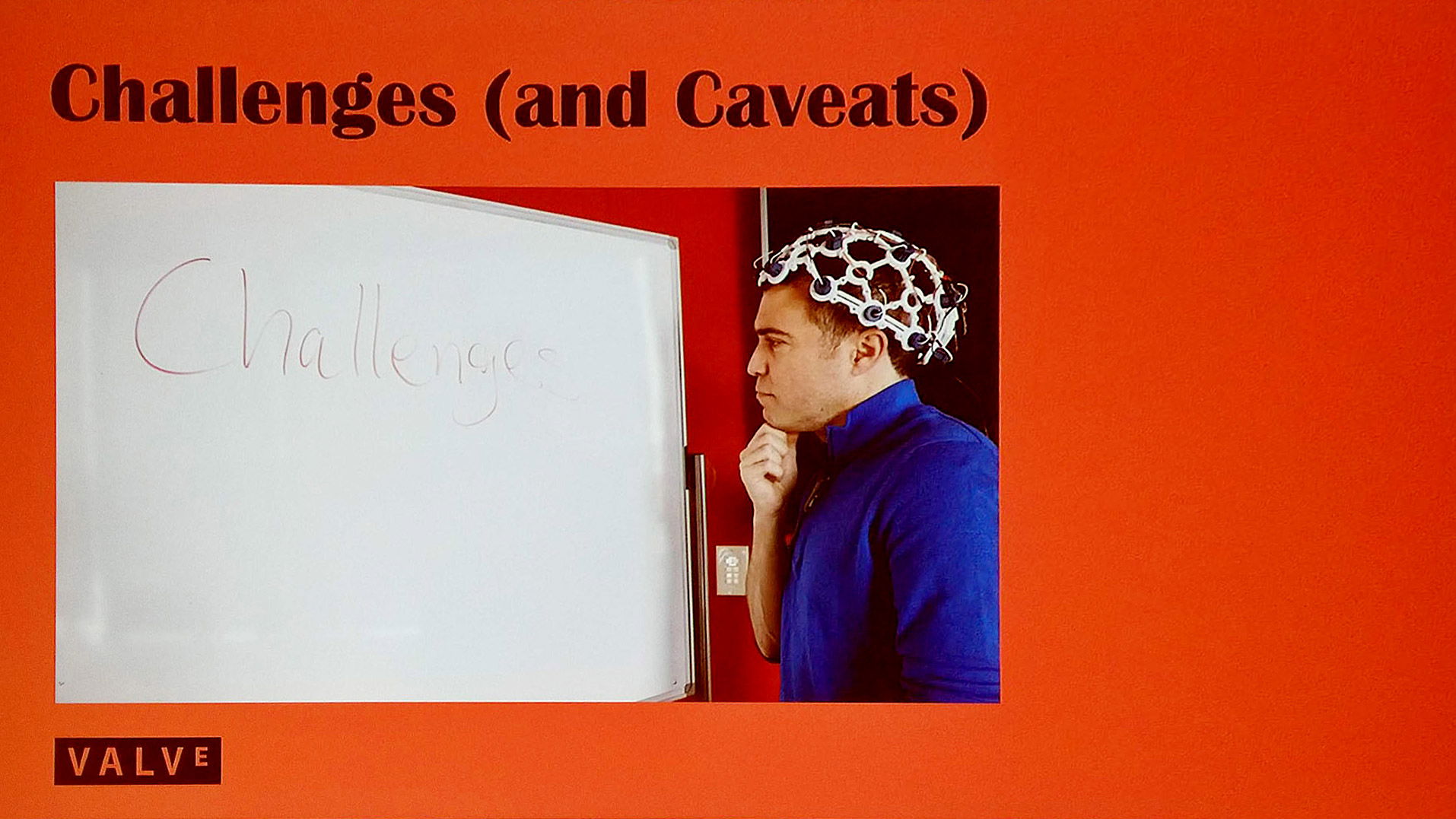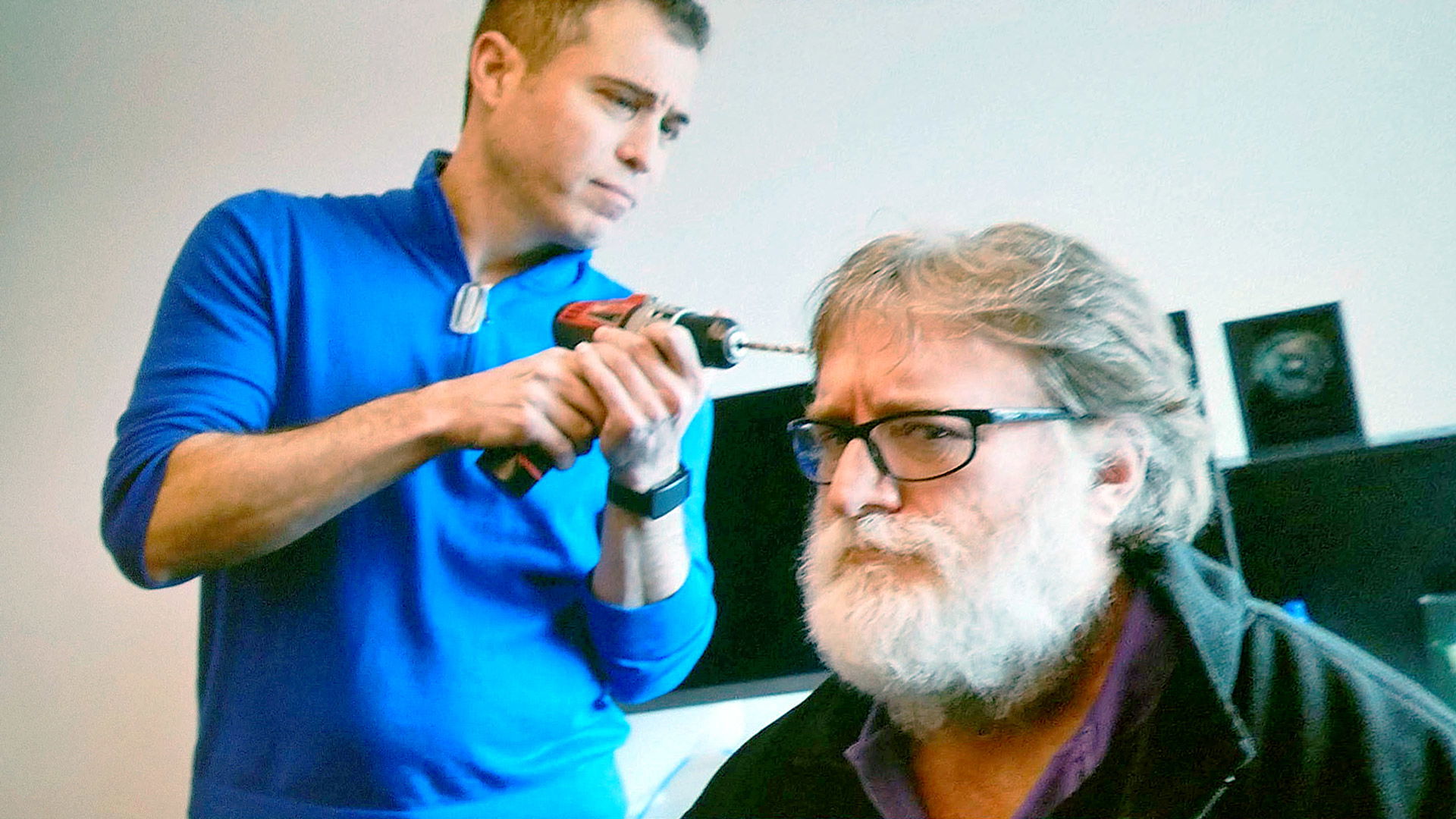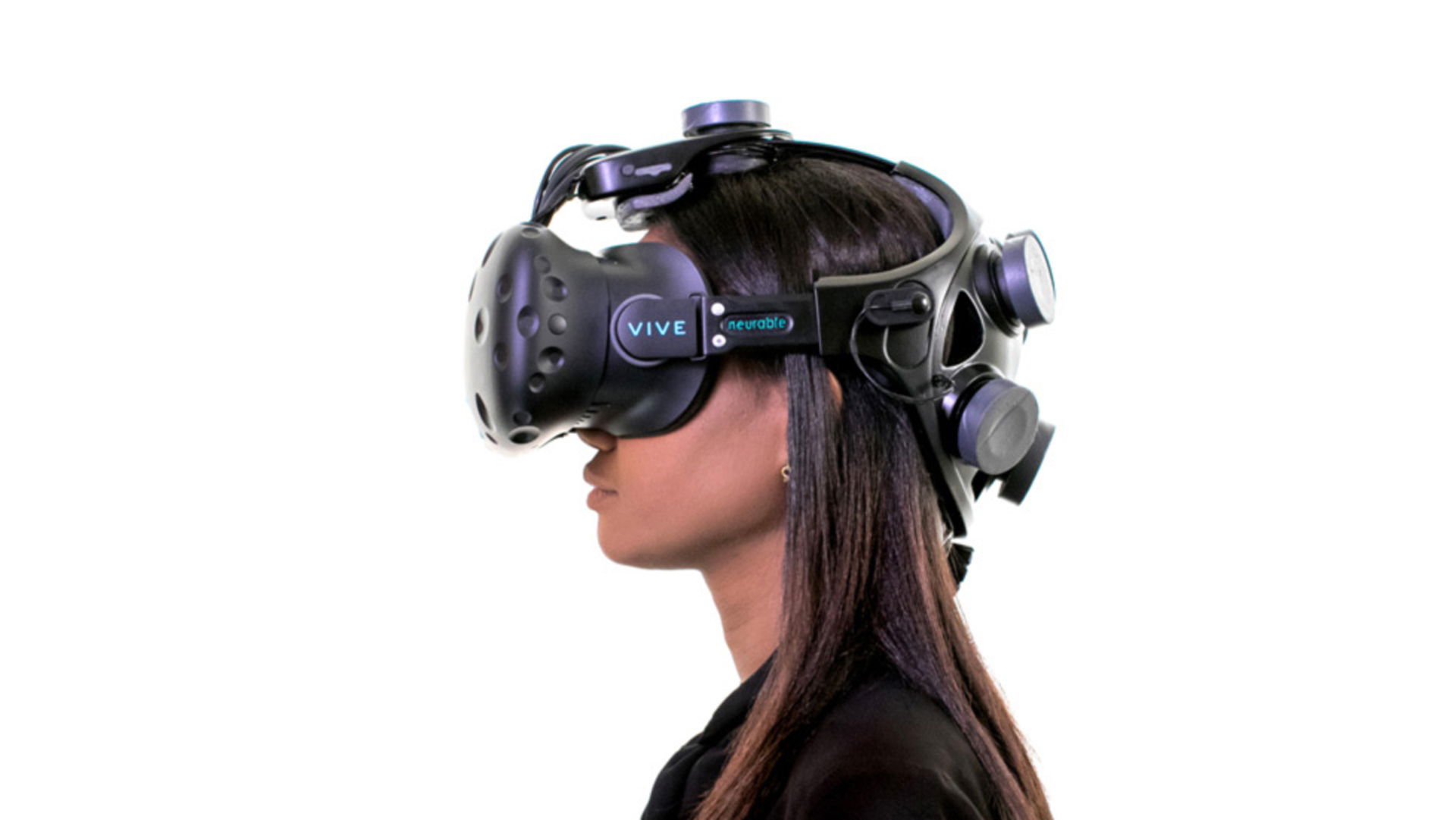
What is the reality at all? And who told you-you are not already in virtual reality?
The first computer game that came out in A was Pong or English, simply PONG and before I continue to the rabbit forgiveness, let's see the game:
And now let's look at examples of today's computer games:
And now let's see what level virtual reality games have reached in less than three years, (the serious glasses in the market)
Let's jump a few years into the near future, say 10 years, there will be no difference between reality and virtual reality and I will sign it! Which leads us to a very serious thought about our existence. Who said we are no longer in a computer game? The non-computers will
able to create computer characters that will have free will and emotion, a point of thought.
The reason I opened with this example is that virtual reality will not be glasses all the time, we are approaching the day that virtual reality will communicate directly with the human brain, (I'm not crazy or laughing), and now I move on to the next article that is related.
Valve develops direct brain-computer interfaces that can be built into your virtual reality glasses
Wellness experimental psychiatrist Dr. Mike Ambinder took to the stage at GDC 2019, talking about brain-computer interfaces (BCI) and how they will affect the future of game design. Ambinder has presented a near future where VR / AR virtual reality glasses are a brain connection. A non-invasive electroencephalogram (EEG) is a device that can one day provide data to game designers so they can create a new generation of smarter games. The long-term view is certainly trending toward neural implants, Ambinder says, but we're not there yet.
It is important to note at this point that they are not the only company dealing in the field and there is also the company of Elon Musk Neura link and other companies dealing in connecting us to matrix in practice.
Brain-computer interfaces are basically a communication method that translates neural signals into actionable input for computers. In gaming, the goal of companies like Ambinder is to gain player physiological data and use it to inform the game whether a player is happy, sad, frustrated, bored, focused, distracted, etc; The idea is to understand why this happens in all circumstances - whether it is anger to experience a game bug, or happiness when a particular goal achieved - and build systems to leverage that data.
And it's not as far-fetched as you think, Dr. Mike Ambinder says:
"We can measure responses to in-game stimuli. And we don't always get [data] reliably, but we're understanding how. Think about what you want to know about your players. There's a long list of things we can get now with current technology, generation analysis, the current, and the current generation experiment,” he said.

In the near term, Ambinder sees EEG as the easiest way to collect this kind of psychological data and organize it into something practical for developers to create more immersive games. With EEG, electrodes are located non-unevasively at different points of the scalp, and are used to measure the voltage fluctuations of neurons in the brain.
Things like mindfulness, learning, memory and intention have measured in some ways through EEG, and Ambinder hopes that these things, previously a subject of scientific research, will work their way into designing the main game at some point. But people aren't just going to wear a full 35-unit electrode in number, the helmet transmits EEG for initiatives such as Open BCI and that, though; This is where AR / VR comes in.
“If you're going to measure brain signals, you need to get people to wear a helmet. "One advantage of AR and VR is that you get consistent contact with the source of brain activity. So you might be able to do some interesting things if you can convince them to wear a helmet with EEG sensors."
Companies like Neurable have already manufactured EEGs specifically built to work with VR devices, allowing people to "control software and devices that use only their brain activity," the company claims.
However, EEG data is not a perfect solution. Ambinder compared it to sitting outside a football stadium and trying to understand what was happening on the ground just by listening to the intensity of the crowd's reaction. The current generation of BCI devices is noisy, and EEG is one noise because of the work of collecting neural signals through the skull, scalp and hair.

There is still much to learn from EEG, Ambinder says, despite deeper knowledge and push toward immersive games, more invasive implant brain implants are likely in the future. Before that happens, they will have to pass what he calls the "LASIK threshold" - a procedure that is technically invasive but affords many potential benefits to the user while reducing the overall risk of the procedure.
Ambinder had little to announce the company's plans for a potential breakthrough for BCI with something monumental like consumer virtual reality - and although he sees the EEG as a definite early avenue for capturing some kind of big data, he states we need to build interaction systems that can encompass everything from creating good tutorials More by learning about the user's private ability to learn, to make the games better and more real for the players.


You should also check out the following articles:
- VR BUYING GUIDE AND THE BEST VR HEADSET FOR 2022
- A meta market opportunity: The metaverse could soon be worth $1 trillion
- Facebook wants to build a metaverse. Microsoft is creating something even more ambitious.
- How to succeed in the virtual reality world of tomorrow?
- Books you must read about virtual reality
- Best New Augmented Reality Books To Read In 2021
- US$ 4.7 Billion- The global augmented reality gaming market
- The smart glasses revolution is about to get real
- Consumer Brands Reinventing Marketing in the Metaverse
- Imagine Making Money in Rec Room
- The biggest AR and VR predictions of 2022
- Apple hired Meta's AR communications lead ahead of the 2022 launch of the headset.
- Who Will Be in Charge of the Metaverse?
- The Kingdom of Abraham: The first Jewish metaverse
- Gen Z are planning to spend thousands on cryptocurrency, NFTs and metaverse
- According to Goldman Sachs, the metaverse must run on blockchain
- What You Can Create With a Small Piece of Land in the Metaverse
- How To Buy Land In The Metaverse?




